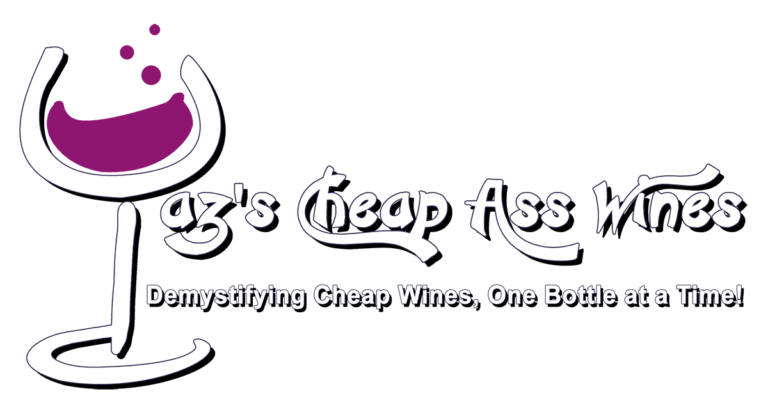Now here’s something fun!
Why champagne is better than a man?
- Champagne containers are never barrel shaped.
- Champaign improves with age.
- An empty champagne bottle can be made into a table lamp.
- Champagne is always sparkling.
- Champagne quietly faces and does not snore.
- Champagne will wait patiently while you dress and do your hair.
- Champagne gives you a headache afterwards not before.
- You don’t have to boost his ego.
- Champagne doesn’t run out of clean underwear.
- Champagne never falls asleep in front of the TV.
“Pleasure without champagne is purely artificial.” –Oscar Wilde
It’s Monday. What better day to talk about champagne!
Ya’all are probably more familiar with Brut Champagne. The most commonly available here in the US. Bleh!
But did you know that there are actually 6 Styles of champagnes!
- Brut zéro or brut natural: no sugar is added.
- Brut – 95 percent of all French champagne is classified as brut, or dry, meaning that the dosage (sugar, or wine and sugar) added to the bottle contains very little sugar.
- Extra-dry: extra-dry wines actually taste slightly sweet, as they contain a dosage with a small amount of sugar.
- Sec: A demi-sec Champagne will contain between 33 and 50 grams of sugar, whilst a dry (“sec”) champagne will contain between 17 and 35 grams.
- Demi-sec: Demi-sec wines contain a dosage with a noticeable amount of sugar. These champagnes are decidedly sweet but not sappy and are the only ones that pair well with dessert.
- Doux: Champagne Doux is the term used to denote the very sweetest of Champagnes, with more than 50 grams of residual sugar per liter of wine.
Some people say that Dom Pérignon invented Champagne. But Dom started with the production of wines in the Champagne region in 1668. He is the inventor of the second fermentation in the bottle what makes him for sure the founder of the Champagne as we know it. Dom Pérignon was also the first winemaker who produced white wine of blue grapes; he also developed the regulated Méthode Traditionelle (before 1994 named the Méthode Champenoise). Besides this, he is also the founder of various techniques for producing sparkling wine as is still known by people.
What is the difference between champagne, sparkling wine, cava and Prosecco? There are many differences but two important ones are location and grapes. … Prosecco comes from the Veneto region of north-eastern Italy and uses a grape called glera. Sparkling wine is a very broad term that encompasses any wine with bubbles.
Cava is Spanish sparkling wine. Cava is made the same way that Champagne is produced, but with different grapes. Let’s find out what Cava is and what makes it unique.
Prosecco, the sparkling wine that’s most commonly found in your brunch mimosas, is Italian.
Champagne has a more yeasty taste than prosecco. Cava, meanwhile, is pretty similar to Champagne in taste.
The sparkling version of the Champagne wine was discovered by accident. It all began when the wine growers from the Champagne region of France were trying to equal the Burgundy wines. Unfortunately the cold winters in the region that caused the fermentation of the wine which were lying in the cellars to stop and become dormant.
When it began to get warmer the sleeping yeast cells awoke again in spring and started fermenting causing the release of carbon dioxide gas, which was coming from the wine in the bottle. At first, the bottles were weak and exploded but the ones that survived contained the sparkling wine.
Here are some Fun Facts about Champagne:
The pressure in the bottle led it to be called the “Devil’s Wine”
Early champagne manufacturers came down to their cellars to find some corks had blown out of their bottles prematurely. They attributed this to spiritual beings. This caused many champagne-makers to wear iron helmets to prevent injury.
The pressure in a champagne bottle is 90 pounds per square inch
This is three times the amount of pressure than the tires on a car.
Christening ships with champagne started in Babylonia. They would pour liquid over the hull to check for holes, and this gradually turned into a ceremony using many different kinds of liquids and beverages. Champagne became the favorite in the late 1900’s. Some go to great lengths to make sure the bottle does in fact break every time.
It’s Sunday. Time for a glass of your favorite bubbly!
